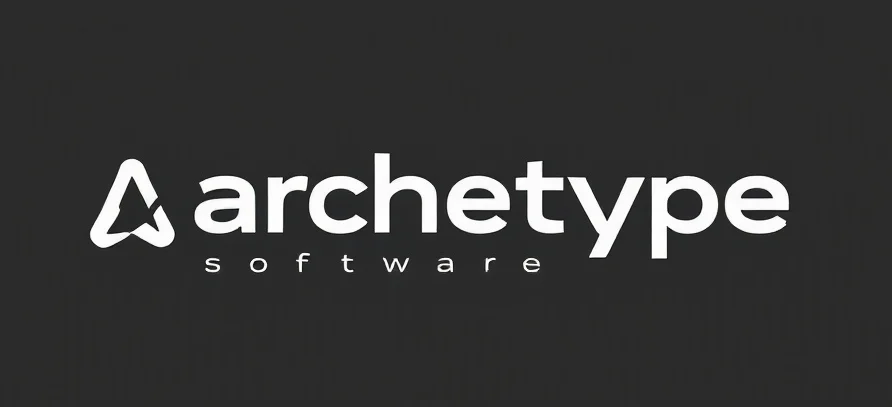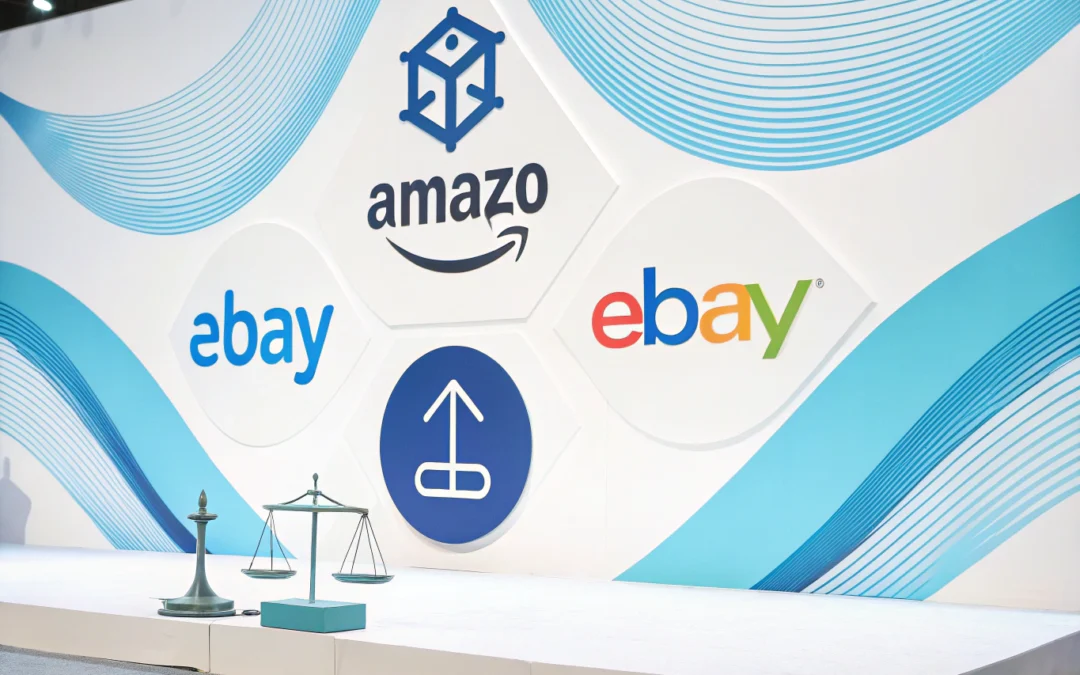Choosing Your Platform: Amazon vs. eBay
When it comes to selling online, the choice between Amazon and eBay is akin to deciding between a bustling metropolis and a charming bazaar. Each platform offers unique advantages and challenges, making the decision a strategic one for any entrepreneur at the crossroads of ecommerce. For a detailed comparison, check out this insightful article on selling on Amazon vs eBay.
The Amazon Ecosystem: A Digital Megacity
Amazon, with its sprawling infrastructure, operates much like a digital megacity. When considering options like Alibaba vs Amazon, it’s evident that Amazon’s ecosystem is uniquely tailored for sellers who value streamlined logistics and massive traffic flow. As a seller, you’re tapping into a vast network that promises massive traffic and a robust toolkit for managing your business. However, this convenience comes at a price—literally and figuratively. The fees can be steep, and the regulations are as dense as a city zoning code.
For entrepreneurs focused on reselling on Amazon, the platform’s FBA (Fulfillment by Amazon) service offers a seamless logistics solution, like hiring a top-notch delivery service in a metropolitan area. But, it also means relinquishing some control over your inventory and customer relationships. The platform demands that you play by its rules, much like navigating the intricate bylaws of a big city. For more insights, explore eBay Time Away: Streamlining Developer Solutions.
eBay: The Bazaar of Individuality
On the flip side, eBay is the digital equivalent of a vibrant bazaar, where individuality reigns supreme. Here, sellers have more freedom to express their brand and directly interact with buyers. This platform is ideal for unique, rare, or collectible items that thrive on personal touch and negotiation. To understand the integration aspects, check out Software Solutions for eBay Digital Camera Integration.
eBay’s auction-style listings can be a double-edged sword—great for creating excitement and urgency, but potentially unpredictable in terms of final sale price. It’s a place where the seller has more control, akin to running a boutique shop, where charm and customer interaction are key. Learn more about software approaches by visiting Implementing eBay Vacation Mode: A Software Approach.
Transformative Decision-Making
The decision between Amazon and eBay isn’t just about choosing a sales channel; it’s a transformative choice that shapes your business strategy and brand identity. Amazon offers scalability and a streamlined process, perfect if you’re looking to integrate AI-driven tools for efficiency. eBay, however, provides a platform for personalization and direct customer engagement, appealing to businesses that thrive on unique offerings. For more about these solutions, visit archetypesoftware.
Fees and Costs for Sellers
One of the most significant factors when deciding between Amazon and eBay is the cost of selling on each platform. Both have different fee structures that can influence profitability.
Amazon Fees
Amazon charges various fees based on the selling model. For sellers using the Fulfillment by Amazon (FBA) service, there are additional storage and shipping fees. Some key fees include:
- Referral Fees: These are fees Amazon takes as a percentage of the total sale. They vary by category but typically range from 6% to 45%, with the most common rate being 15%.
- FBA Fees: Sellers using FBA also pay fees for storage and fulfillment. For example, standard-size items are charged a fulfillment fee of about $2.50 to $5.95 per unit, depending on the size and weight of the product.
- Monthly Subscription Fees: Amazon has two types of accounts: individual and professional. The individual account does not have a monthly subscription fee, but you pay $0.99 per item sold. The professional account costs $39.99 per month but offers access to more selling tools and higher-volume selling.
eBay Fees
eBay’s fee structure is more straightforward, but it still varies depending on the type of product being sold and whether the seller is using eBay’s promotional tools.
- Final Value Fee: eBay charges a final value fee on the total sale price, including shipping. This fee typically ranges from 10% to 12%, with some categories like electronics and fashion attracting higher fees.
- Listing Fees: eBay allows up to 50 free listings per month, after which they charge $0.30 per listing. The costs can increase if you use enhanced listings or other promotional options.
- PayPal Fees: Although eBay has moved to its own managed payments system, some sellers may still need to use PayPal, which charges about 2.9% + $0.30 per transaction.
Comparison
When comparing the fees, selling on eBay generally has lower upfront costs, especially if you are using a free listing or selling fewer items. However, Amazon’s FBA service can offer more convenience for high-volume sellers and those who prefer a more hands-off approach, though the fees may be higher.
Seller Tools and Features
Both platforms offer a variety of seller tools to help optimize listings and track performance.
Amazon Seller Tools
Amazon offers a comprehensive suite of tools designed for sellers who want to optimize their store and increase sales.
- Seller Central: This is Amazon’s main platform for managing listings, processing orders, and tracking sales performance.
- Sponsored Products: Amazon offers advertising tools that allow sellers to promote their products within Amazon search results. These ads are effective for increasing product visibility, but they do come with additional costs.
- Brand Registry: This tool allows sellers who have a registered trademark to protect their brand, making it easier to control their listings and prevent counterfeit products.
eBay Seller Tools
eBay also provides a range of tools that help sellers optimize their listings and manage inventory.
- eBay Seller Hub: This dashboard gives sellers insights into their performance, including sales data, fees, and buyer insights. It’s an essential tool for managing your eBay store.
- Promoted Listings: eBay offers a way to pay for enhanced visibility in search results. Sellers can set their own budget for promoted listings, and eBay will charge a percentage of the sale price.
- eBay Bulk Listing: For sellers with multiple listings, eBay allows bulk listing tools, which make it easier to manage and update several products at once.
Comparison
Both platforms offer robust seller tools. Amazon’s tools are more sophisticated for large-scale operations, particularly with FBA. eBay, however, offers more flexibility and can be easier to use for smaller sellers or those just starting out.
User Engagement and Audience
Explore how Amazon’s vast, diverse audience of new product seekers compares to eBay’s niche community of collectors and bargain hunters.
Amazon
Amazon’s audience consists primarily of buyers who are looking for new products, and its massive customer base is a major selling point for many sellers. Selling books on Amazon vs eBay shows a clear difference in buyer behavior. On Amazon, book buyers are often looking for quick, low-price options, making it ideal for new books and bestsellers. eBay, on the other hand, is more often used for secondhand books, rare editions, or collectible items.
Amazon’s Prime membership plays a significant role in user engagement, with over 200 million Prime members who benefit from free shipping, exclusive deals, and other perks. This makes Amazon an attractive platform for sellers looking to tap into a ready and willing customer base.
eBay
eBay’s audience tends to be more niche, with buyers looking for deals on secondhand items, collectibles, or auction-style listings. This makes it a better platform for selling books on Amazon vs eBay for rare or used titles. eBay has a loyal customer base that is driven by bargains and unique products. eBay’s auction system allows for a more personalized shopping experience, where buyers and sellers interact in real time.
Product Categories and Selling Models
Amazon is known for its wide range of products, from electronics to books, groceries, and home goods. Which is better, Amazon or eBay really depends on the product you are selling:
- Amazon: Best for high-demand, mass-market products, especially those that can benefit from Amazon’s FBA service, which handles shipping, returns, and customer service.
- eBay: Ideal for unique, secondhand, or hard-to-find items, as well as collectibles and antiques.
For instance, selling on Amazon vs eBay may be a matter of which platform suits your product. Amazon offers greater reach for mass-market products, while eBay allows sellers to target collectors or offer rare items at auction.
Actionable Recommendations
- Assess your product type and decide whether it aligns more closely with Amazon’s mass-market approach or eBay’s niche focus.
- Consider the level of control you want over the selling process. If you prioritize logistics efficiency, Amazon’s FBA might be the way to go. For more direct interaction, eBay provides flexibility.
- Experiment with both platforms to gauge which one best fits your business model, utilizing their analytics to inform your strategy.
- Stay informed about each platform’s evolving policies and technological integrations, ensuring your business remains adaptable and forward-thinking.
Checkout ProductScope AI’s Studio (and get 200 free studio credits)

